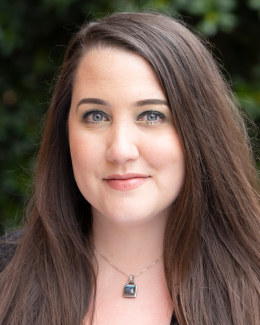Abstract
Minerals are the fundamental constituents of Earth, and mineral names appear in scientific literature for disciplines including geology, chemistry, materials science, biology, and medicine, among others. Choosing a name is the full responsibility of the authors of new mineral proposals submitted to the International Mineralogical Association (IMA). Scientific nomenclature and its traditions have evolved over time and, consequently, mineral names track changes in the landscape of mineralogy with respect to language, technology, and culture. To evaluate these changes, the namesake information for all 5896 minerals approved by the IMA or ‘grandfathered’ into use as of December 2022 was recorded and categorized within a workable database. The compiled information yields diverse insights into the intersection of science and culture and could also be used to project future trends. In this study, we used the name database to investigate gender diversity among mineral eponyms.
More than half (c. 54%) of all mineral species are named after people, the identities of whom are largely a reflection of the people that have historically been involved, in one way or another, in the geosciences and in the mining industry. Of the 2738 people with minerals named for them, approximately 6.1% are (interpreted to be) women. Nearly all minerals named for women were named during the last sixty years, although the rate of growth in the year-on-year percentage of women among new mineral namesakes has slowed since about 1985. If current and historical trends hold, our model predicts that women will not comprise more than about 10.35% of newly established mineral namesakes in future years. The representation of women among mineral namesakes also differs starkly among countries. For example, Russians comprise 43.11% of women with minerals named for them, but account for only 15.12% of all eponyms. However, there are additional disparities beyond the proportions of namesakes. For scientists who were alive when a mineral was named for them, women were an average of 3.74 years older than men when evaluated over the same timespan (1954–2022). These results demonstrate that gender-based disparities are imprinted into current mineral nomenclature and indicate that gender parity among new mineral namesakes is impossible without unprecedented changes in the upstream demographics that are most likely to affect naming trends.


